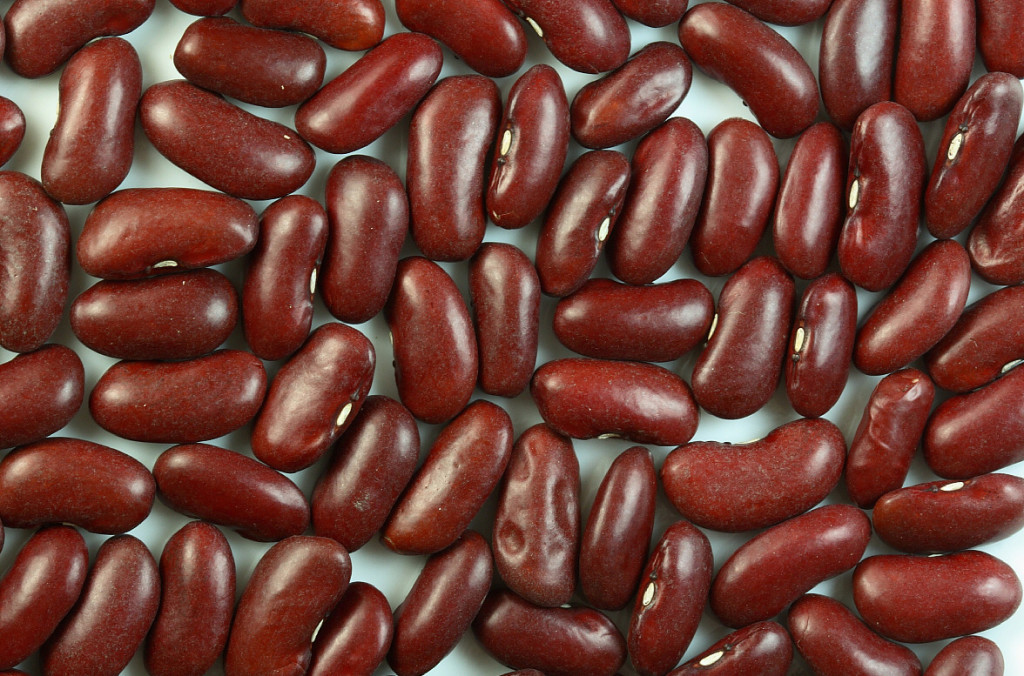It’s the difference that makes it
By Jacey Gibb, Editor-in-chief
“Life is too short for bad coffee” –The smartest sandwich board I’ve ever read
Does a person still have good taste if they’re ignorant to what tastes good?
Like any person with a mouth and affinity for consuming liquids, I love drinking coffee and tea. It’s a prominent step in my morning routine, a preferred time-killer for when I’m between classes, and the perfect late-night companion for when I wasted the day marathoning House of Cards. Oddly enough, despite being someone who’s consumed liquid caffeine for nearly a decade, it wasn’t until recently that I began to actually take note of the differences in quality. I used to be as content as a clam to purchase coffee from the nearest Tim Horton’s, or even duck into a 7-Eleven if it was the most convenient option. The life choices of a slacker came at a cost when I realized I had terrible taste in coffee.
An accurate telling of a coffee comes when you drink it black. I know this isn’t the preferred way for most, but one of the ways people delude themselves into thinking some coffees aren’t that dreadful is by loading them with coffee and sugar. Sure, this flavourful duo can complement any cup, but the reason why you chug a Tim Horton’s coffee down with ease is because these agents are at work. Plus, a large Double Double clocks in at just under 300 calories, while an extra-large black coffee boasts none. Give your regular brand a taste without the additives and if you would file it under the “undrinkable” column, maybe it’s time to switch brands.
Now, say you’re not someone who caters to their taste buds. You don’t really care what your coffee tastes like because you’re drinking it for the caffeine kick. Many of the cheaper brands of coffee come with a lower price tag because their beans are of lower quality or the harvesters weren’t paid fairly. You may have heard of “fair trade” products before, but what does it actually mean? Fair trade coffee is when farmers receive proper compensation for their products; sounds simple enough, but exploitation, especially in developing countries, is a common way to deliver goods at a lower price. It’s the kind of treatment that can leave a bad taste in your mouth.
What if coffee isn’t your cup of tea, but tea is? It’s often seen as a healthier alternative to coffee, but despite the overall feel-good vibes that typically come with curling up to a cup of tea, there’s more lurking in your mug than just Namaste. A lot of the more popular, low-quality tea brands have been found to be loaded with pesticides—to the point where some teas wouldn’t even be allowed in countries with stricter health regulations. Even some of the more expensive, supposedly better tea brands have high percentages of pesticides. And if that doesn’t make you second guess opting for the cheaper teas, maybe this will: some teabags have been found to leech plastic into your drink. These are all health nightmares you can avoid by doing research into which brands have high concentrations of pesticides and by purchasing loose leaf tea instead of the bagged variety. For a local source, I’d recommend checking out The Tea Guy, a company that supplies many independent cafés with great tea at about $10-30 per tin (good for about 25 cups).
There are enough scare tactics out there for people to fret over that coffee and tea may not seem like major issues. But almost everyone drinks at least one or both of these beverages, so it’s important to know what goes into your cup and how it got there. It’s not like being slightly more educated about something ever hurt anyone.
